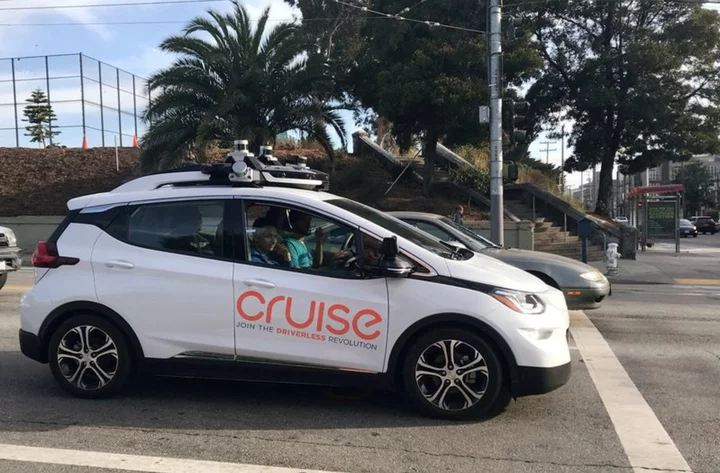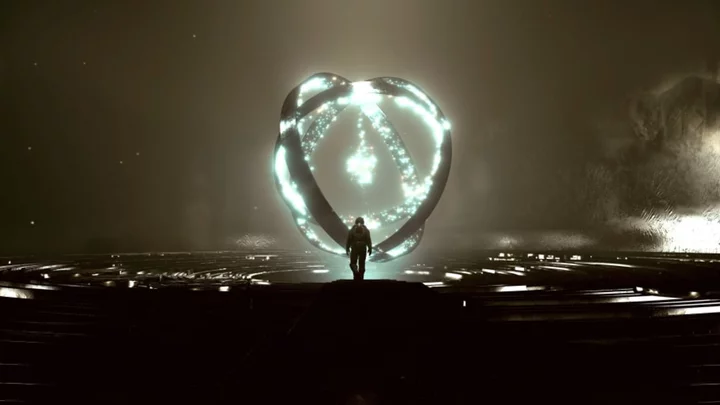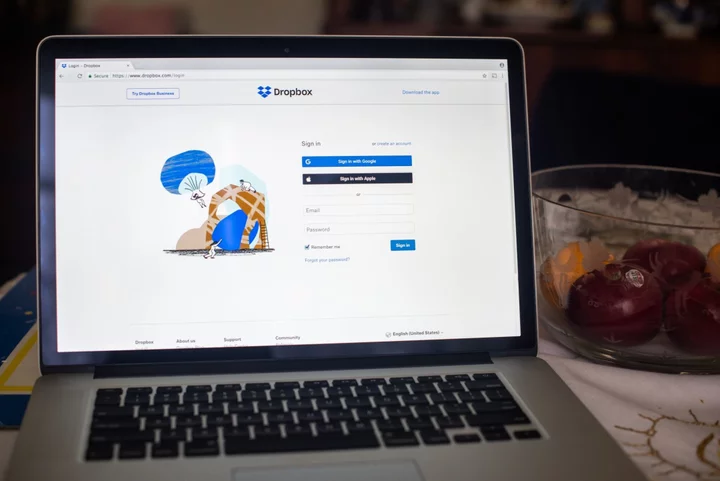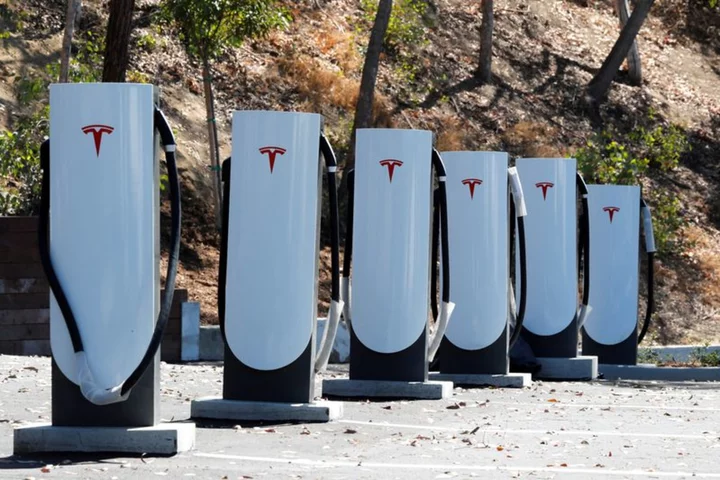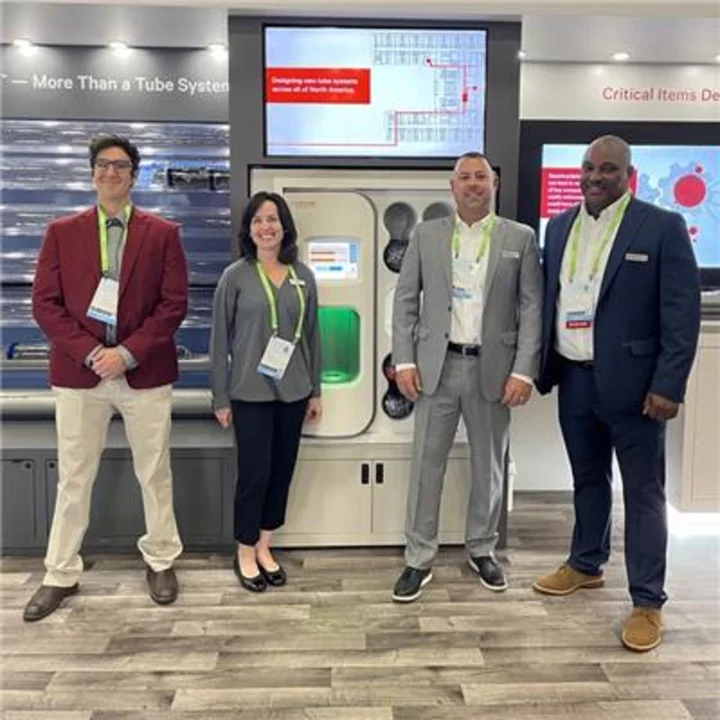By Greg Bensinger
SAN FRANCISCO (Reuters) -San Francisco may be the symbolic capital of the tech industry, and the hub of next-generation services like artificial intelligence, but when it comes to self-driving cars, city officials are clear: not so fast.
The question comes to a head later this week, when a state agency decides whether to allow robot car providers Alphabet Inc’s Waymo and General Motors’ Cruise to expand their for-pay, no-safety-driver services to all of San Francisco, day and night.
The vote, already delayed twice, will stand as an early test of how to regulate the fledgling industry amid pushback from safety advocates and growing urgency from technologists.
For paid rides, Cruise is limited to the northwest third of the city, while Waymo cannot yet charge for the rides at all. Rides in San Francisco's downtown area, known as the financial district, are largely off limits to most passengers.
Leaders of the city’s transportation agencies, fire department, and planning department oppose the rapid expansion, saying the vehicles are a menace, tying up traffic, mucking up emergency services, and driving erratically. The companies say the unmanned vehicles are safer than human-driven cars. Both sides say they have data to back up their claims.
In June, for instance, the San Francisco County Transportation Authority released data estimating that Waymo and Cruise vehicles were involved in collisions with injuries reported at a rate higher than the national average for vehicles driven by humans. State regulators dispute that, saying the data doesn't account for incidents where human-drivers were at fault.
At a public meeting on Monday to discuss the vehicles' potential for interference with public safety officials, the San Francisco Municipal Transportation Agency said it was aware of nearly 600 sudden-stopping incidents citywide, which the agency said was "likely a fraction of actual incidents," according to a slide presentation viewed by Reuters.
Futuristic test vehicles from Cruise and Waymo are a common sight in some parts of San Francisco. Adorned with whirling sensors on their roofs and bumpers, the vehicles regularly attract gawking tourists, dazzled by their empty driver seats and hands-free spinning steering wheels. They have also drawn attention for their at-times unpredictable driving patterns, including a slavish obedience to posted speed limits, circuitous routes and a tendency to stop completely when confronted with unexpected obstacles.
Cruise and Waymo said they have driven 3 million and 1 million miles, respectively, without life-threatening injuries or fatalities. A Waymo vehicle struck and killed a dog in May.
The Aug. 10 vote by the California Public Utilities Commission, which regulates autonomous vehicles, is dividing the city between technologists, lobbyists and citizens hopeful the nascent industry may be a boon for San Francisco, on the one hand; and on the other, agencies, safety advocates and residents fear the city is being used as a testing lab for an unproven tech.
The vote comes at a critical time for San Francisco, which is grappling with thousands of tech job losses, firms leaving the city, and COVID-era work-from-home policies that have contributed to a hollowed out downtown.
'LITMUS TEST'
“Operating robotaxis in SF has become a litmus test for business viability,” posted Cruise CEO Kyle Vogt on X, the social media site formerly known as Twitter. “If it can work here, there’s little doubt it can work just about everywhere.”
Cruise and Waymo have in recent months expanded to other cities such as Dallas, Miami and Las Vegas and will need more testing against variables like winter weather, driving rain and blistering heat, none of which San Francisco can offer.
The companies and others, including Ford and Tesla, have plowed billions of dollars into developing self-driving vehicles but have failed yet to live up to the lofty promises of usurping traditional modes of transportation, and are desperate to find a safe and viable business model.
Safety is the chief concern among San Francisco agencies – which have virtually no authority to regulate autonomous vehicles and point to traffic tie-ups and encounters with emergency services that are social media staples.
The vehicles have been observed stopping in the middle of intersections after traffic lights turned red, failing to fully pull over to the curb to let passengers out, blocking bike lanes and suddenly changing lanes or failing to yield to others, among other hiccups.
“While San Francisco hopes that automated driving will at some point be safer than human driving, at a minimum, based on collision records available to the public, within the complex driving environment of San Francisco city streets, we must conclude that the technology is still under development and has not reached this goal,” two local transportation agencies and the city's planning commission wrote in a May joint letter to the CPUC.
SAFETY FIRST
Waymo and Cruise have both said they stand by their safety records and point to a lack of serious accidents over millions of miles traveled collectively within the city. "Humans are terrible drivers," Cruise asserted in full-page ads in a handful of local and national newspapers last month.
Waymo spokesperson Julia Ilina said the company hoped for a “swift resolution” to the CPUC’s deliberations and noted the vehicles are “reducing traffic injuries and fatalities in the places where we operate.”
Residents also are divided. Mike Smith would like to see fewer of the vehicles on city streets. “They’re all over my neighborhood -- they’re everywhere and just stop randomly on the road and have caused problems with emergency services,” he said in an interview.
Activists, in viral videos, have taken to putting orange traffic cones on the vehicles’ hoods, confusing their sensors and causing them to stop until a human removes the cone.
Ramón Iglesias, another San Francisco resident, said that though he’d seen the videos and some erratic behavior from the cars, he supports the expansion and worries any further obstacles could drive tech companies away.
“We have a very strong Luddite segment here in San Francisco and you see places like Las Vegas and Miami go out of their way to embrace tech,” said Iglesias, a data scientist. “We should be doing the same.”
Mayor London Breed has called the city the “AI capital of the world.” In a statement regarding autonomous vehicles, a city spokesperson said Breed “generally supports the use of this technology,” but “she remains committed to ensuring the public's safety."
Cruise, meanwhile, is not sitting idle while the CPUC deliberates. On Friday it announced it was expanding to Los Angeles, where some local officials also have raised safety concerns.
(Reporting by Greg Bensinger; editing by Peter Henderson and Diane Craft)

